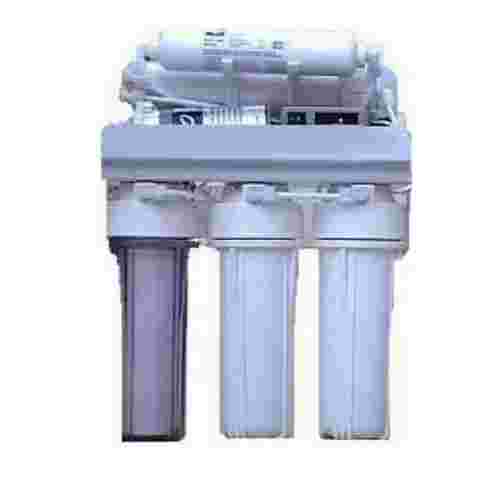Assessing the Source & Quality of Input Water
Different water sources (seawater, brackish, ground, surface) have varying levels of salts, turbidity, hardness, and contaminants. Before buying a system, conduct water testing. Knowing the feed water quality guides membrane selection, pre-filters, and determines required recovery rate.
Understanding Capacity & Flow Rate Requirements
You’ll want to match the plant’s output to your actual demand—gallons or liters per hour/day. Oversizing wastes energy and money; undersizing causes shortages. A competent Reverse Osmosis Plant manufacturer helps you run the calculations and offers scalable options if usage might grow in the future.
Energy Consumption & Operating Costs
RO systems consume electricity (for pumps) and require consumables (membranes, filters, chemicals). Evaluate total cost of ownership, not just upfront cost. Plants with energy recovery devices, efficient pumps, and membrane flushing systems often deliver lower operating costs over the system’s life span.
Brine & Wastewater Management
RO plants produce reject water (brine) that contains concentrated contaminants. Handling this properly is important—discharge regulations, environmental impact, reuse options if feasible. Systems designed well minimize brine volume and often offer ways to reuse or treat it for other purposes.
Automation, Monitoring & Smart Controls
Modern RO plants include sensors for flow, pressure, conductive-TDS, automatic cleaning cycles, remote monitoring, alarms. These features let operators spot issues early (membrane fouling, pressure drops) and reduce manual oversight. Investing in automation reduces downtime and improves reliability.
Customization & Scalability Options
Your water purification needs may change. The best RO Plant solutions allow modularity—adding extra capacity, switching membrane types, adapting for different water sources. Suppliers offering containerized systems, skid-mounted units, portable RO plants, or mobile RO are especially helpful in varied settings.
Ensuring After-Sales Service & Compliance
Once installed, the long term performance depends on timely maintenance, spare parts availability, service contracts. Also ensure the RO plant meets all regulatory and safety standards (local water quality regulations, certifications). A committed vendor goes beyond delivery—offering support, training, and parts replacement.




